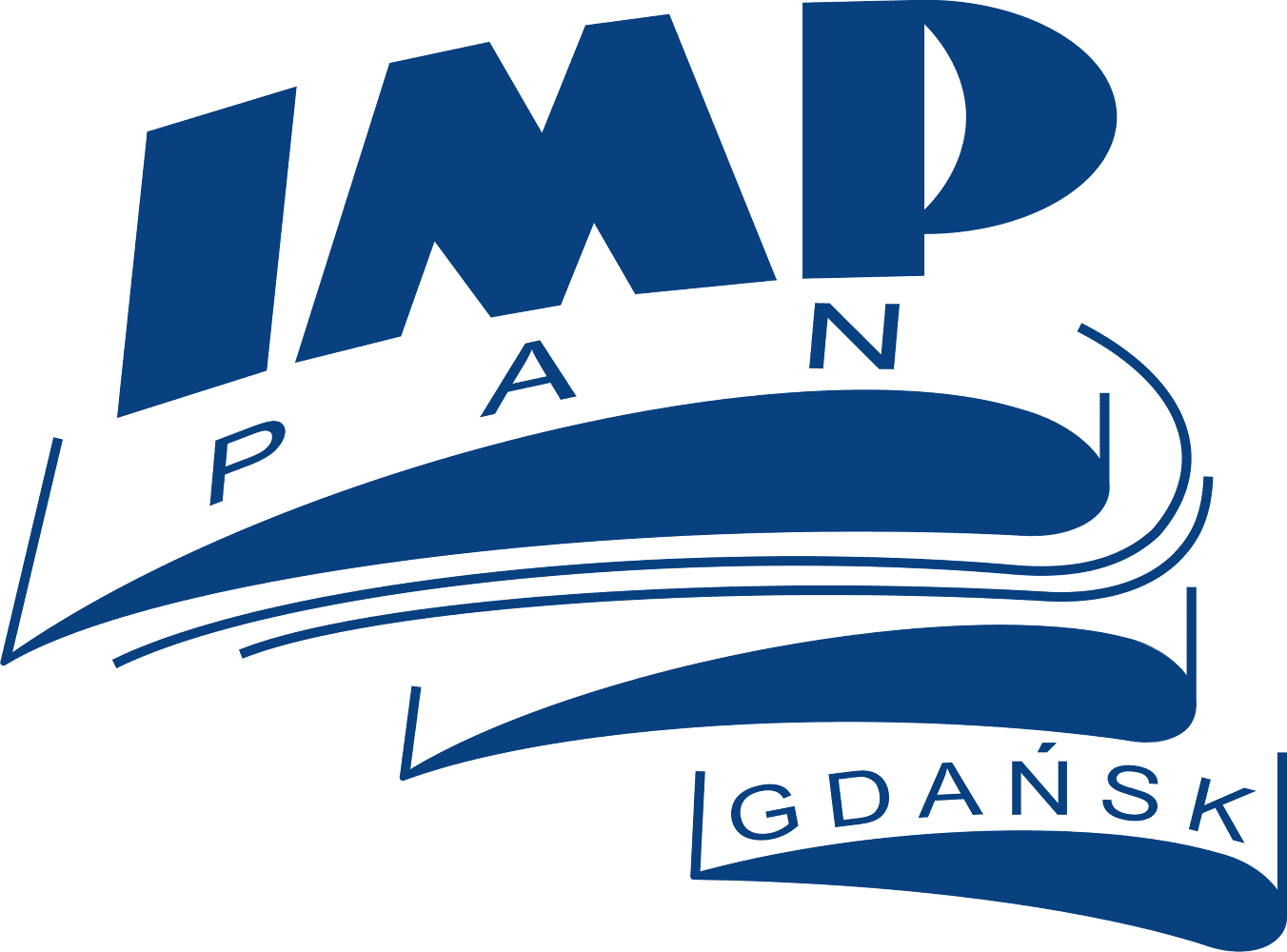Zeszyty Naukowe
Statyczno-dynamiczne charakterystyki pracy okrętowych układów napędowych i ich wpływ na drgania konstrukcji kadłubów i nadbudówek statków
542/1501/2006.A method for the comprehensive, static and dynamic analysis of a ship power transmission system is presented. Static analysis of thę shaft line alignment and dynamic analysis of the torsional, longitudinal and bending vibrations of the system have been investigated. The influence of propulsion's dynamic behavior on ship hull and superstructure vibration is analysed. The presented calculation method has been verified by measurements on real ships. A calculation examples and measurements are enclosed for each type ofthe calculation undertaken. There are several numerical algorithms (mostly based on the Finite Element Method) for shaft line alignment and vibration analysis. The FEM model of the power transmission system is usually isolated from the ship hull; this being a basic assumption in all these męthods. In this case determining the proper boundary conditions is very impońant. Boundary conditions determining methods are not fully worked out in world shipbuilding. The ship hull, main engine body and bearings frame elasticity and deformation should be taken into account. Performance analysis of the oil film stiffiress and damping characteristics of stem tube and intermediate bearings, engine main bearings, thrust bearings and axial dampers should be carried out as well. Ship hull deformations, urder different load conditions and regular sea waves, are analysed. Thermal deformation of the main engine frame is also determined. Calculation methods of couplings between different types of shaft line vibrations and alignment are unsatisfactory. The torsional-bending-axial coupling action of the marine power transmission system should be accounted for while considering its dynamics. The determination of mutual interference of system vibrations and their boundary conditions is also necessary. All the new trends in the ship power transmission systems analysis methods are the main thesis of this paper. The paper presents also, idęntification of main excitation forces for ship hull and superstructure, as well as investigation of influence of analyzed excitation on ship vibration level. The following excitation forces have been analyzed: dynamic pressure on the transom deck, propeller-generated hydrodynamic forces, as well as intemal and external engine-generated forces. Rigidity and attenuation characteristics of lubricating oil film have been taken into account in the analysis for excitations transmitted by propulsion system bearings (stern tube bearing, intermediate bearing, engine's main and thrust bearings). The dynamic characteristics of ship power transmitting system have been also taken into account. Multivariant computations of ship vibration with use of formerly identified excitation forces have been carried out. Methodology for computation of excited vibrations of ship hull and superstructure has been developed. The results of analyzes have been verified by comparing the computation results with measuring tests.





















